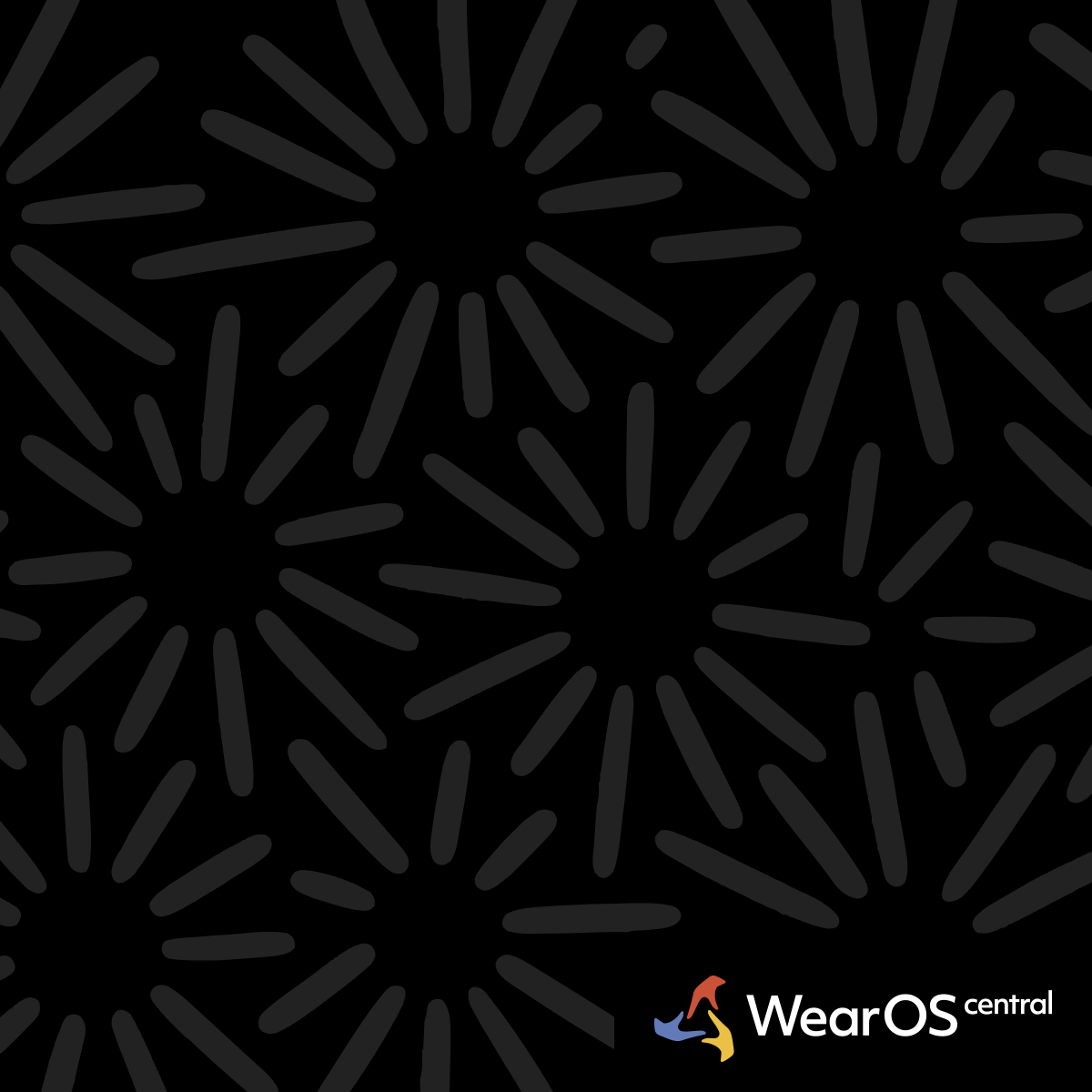Tile Composition
Watch: Galaxy Watch Ultra | WearOS 6
One UI 8's tile system provides useful customization flexibility. The choice between large pills and mini pills might seem simple, but the strategic implications run deeper than visual preference.
After experimenting with different tile configurations, I have developed clear preferences about when each pill type works best. The decisions you make here shape your daily watch interaction patterns.
Large Pills for Detailed Information
Large pills work well when I need comprehensive information at a glance. My Samsung Health tile shows heart rate, steps, and workout status simultaneously, information that would require multiple mini pills to display effectively.
I use large pills strategically for:
- Detailed Health Metrics: Comprehensive fitness tracking that updates throughout the day
- Weather Dashboard: Temperature, conditions, forecast, and alerts in a single view
- Media Control Center: Full playback controls with track information and progress
- Calendar Overview: Event details, timing, and location information without opening the app
The trade-off is screen space, but when information density matters more than quantity, large pills provide better utility.
Mini Pills for Efficiency
Mini pills enable space-efficient tile compositions. The space efficiency lets me create information-dense screens that would be difficult with large pills alone.
I rely on mini pills for:
- Quick Status Checks: Simple on/off indicators for
headphone connectivityandSamsung Recorderapp - Visual Organization: Grouping related functions together for efficient scanning
- Rapid Access Points: Single-tap shortcuts to frequently used functions
- Information Scanning: Quick overview of multiple metrics without detailed analysis
Practical Layout Strategies
Mini pills work well for tile compositions that feel personal and functional. I can create visual hierarchies where position and grouping convey information structure effectively.
My current setup combines multiple mini pills for status monitoring with strategic large pills for detailed information. The visual rhythm creates scanning patterns that become familiar; I know where to look for different types of information. This works great with the Touch Bezel's ultra fast scrolling on the Galaxy Watch Ultra.
Missed Potential for Organization
After experimenting with various layouts, I found that color coordination would significantly improve tile navigation, but Samsung limits customization options. We can only move tile elements around and name the screens where we arrange the pill elements.
This feels like missed potential. Being able to organize tiles through consistent color theming like blue for communication, green for health, orange for system status would create visual rhythms that make information scanning more efficient. Color patterns could reduce the need to read text labels and enable visual navigation through color recognition.
What would be useful but isn't available:
- Semantic Colors: Custom colors for alerts, health metrics, and system information
- Functional Categories: Color coding for entertainment, productivity tools, and weather data
- Priority Levels: Color saturation indicating information urgency or attention requirements
Instead, we are limited to positional organization and descriptive screen names. Despite these constraints, thoughtful positioning and logical grouping can still create efficient, personalized tile layouts that work well for daily use.

 InventorBlack
InventorBlack